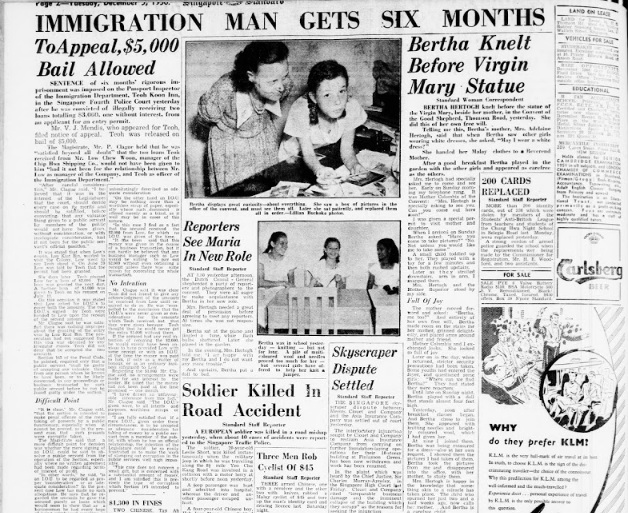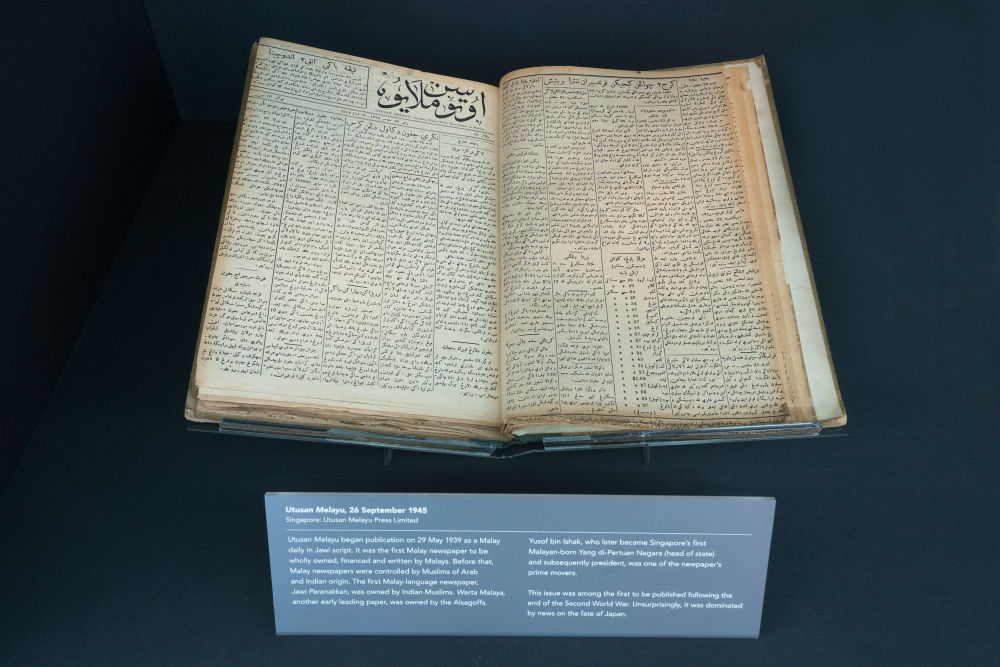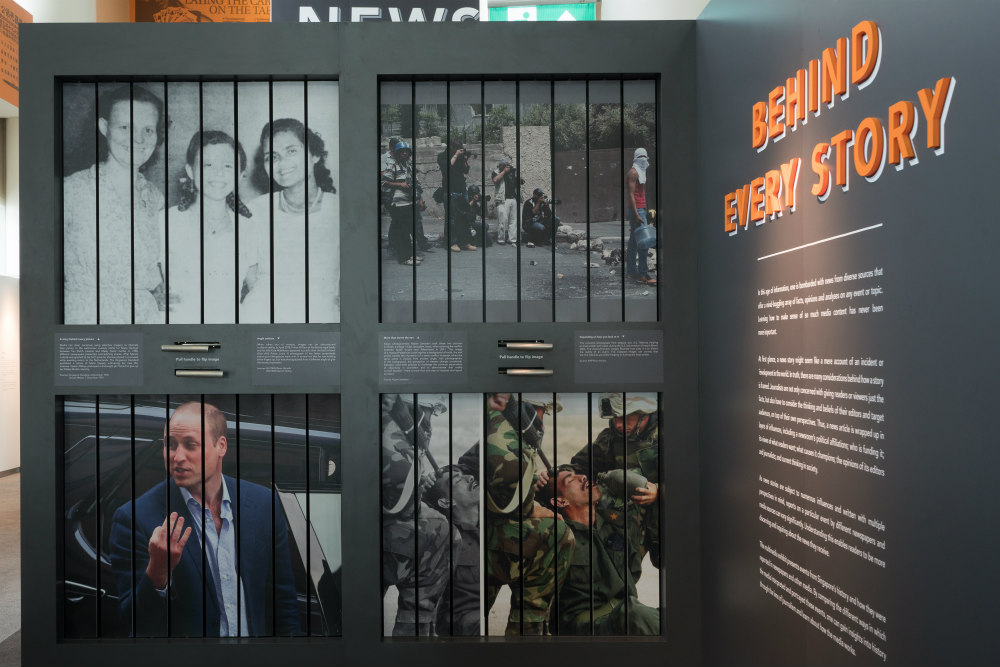Singapore’s government takes a direct role in influencing how media operate in the city-state, including criminal action against what it deems misinformation online. So we’re not entirely surprised that the government has launched a permanent exhibition teaching the public a thing or two about, erm, journalism.
As part of its efforts to “promote information and media literacy,” a new permanent exhibition aptly called “The News Gallery” was launched by the National Library Board over the weekend. Among the things it features is a gallery that highlights the editorial decisions that went into covering seven of Singapore’s historic moments.
“Rediscover seven events from Singapore’s history by comparing how different media reports framed these events. Witness the power of editorial, sensationalism, and propaganda,” the board wrote in its announcement to the press. The events include the 1950 Maria Hertogh riots, which centered on a Dutch girl who returned to her biological parents after being raised by a Malay-Muslim family. Others include the chewing gum ban that began in 1991, and Singapore’s separation from Malaysia in 1965.
The print-focused exhibition opened Saturday to the public on the 11th floor of the National Library on Victoria Street. It also features interactive games on how to combat misinformation, how to make “headline news,” and a crossword puzzle on media jargon like “propaganda.”


The media are tightly controlled in Singapore, where the industry is dominated by two companies, one of which produces the national broadsheet while the other is behind the city-state’s public broadcaster.
Censorship is also prevalent in the city-state and was recently enhanced with the introduction of the Protection From Online Falsehoods and Manipulation Act, or POFMA, best known colloquially as the “fake news” law. It enables the government to issue “correction orders” compelling publishers to remove or change information it does not consider valid.
According to the exhibition: “Fake news is used to push the perpetrator’s agenda, undermine businesses or political rivals, swing votes, or generate advertising revenue by going viral.”

Here’s a closer look at The News Gallery:
Behind Every Story
This section takes visitors through how the media covered seven local events in the past, including the Maria Hertogh riots and the chewing gum ban.
In its comments about media coverage surrounding Hertogh’s custody battle, it said that the media “steer narratives using selective imagery to illustrate their points.”
“After Maria’s custody was granted to her birth parents, she was placed in a convent while awaiting return to the Netherlands. The Singapore Standard published a photo of Maria happily embracing her new life, whereas Utusan Melayu portrayed a distraught girl forced to give up her Malay-Muslim identity,” texts at the gallery read.

Fake News Busters
The “Fake News Busters” game lets visitors “fight” fictitious monsters bearing names like “spin doctor,” “manipulator,” and “fabricator,” by answering questions on how to deal with misinformation.
One of the questions from the game had to do with verifying with the government’s Singapore Food Agency about a food-related rumor.

Early Editions
Visitors will also get to see four of Singapore’s oldest and rarest print media and learn about their history, They include one printed by the Chinese-language newspaper Nanyang Siang Pau in 1945 and another of the Malay-language newspaper Utusan Melayu from the same year.


The News Gallery runs from March 14. Admission is free.
More news from the Little Red Dot at Coconuts.co/Singapore.
Editor’s note: A previous version of this article stated that more than 100 newspapers are on display. Only four are actually on display, and they were drawn from the National Library Board’s archive comprising more than 100 newspapers.





Reader Interactions